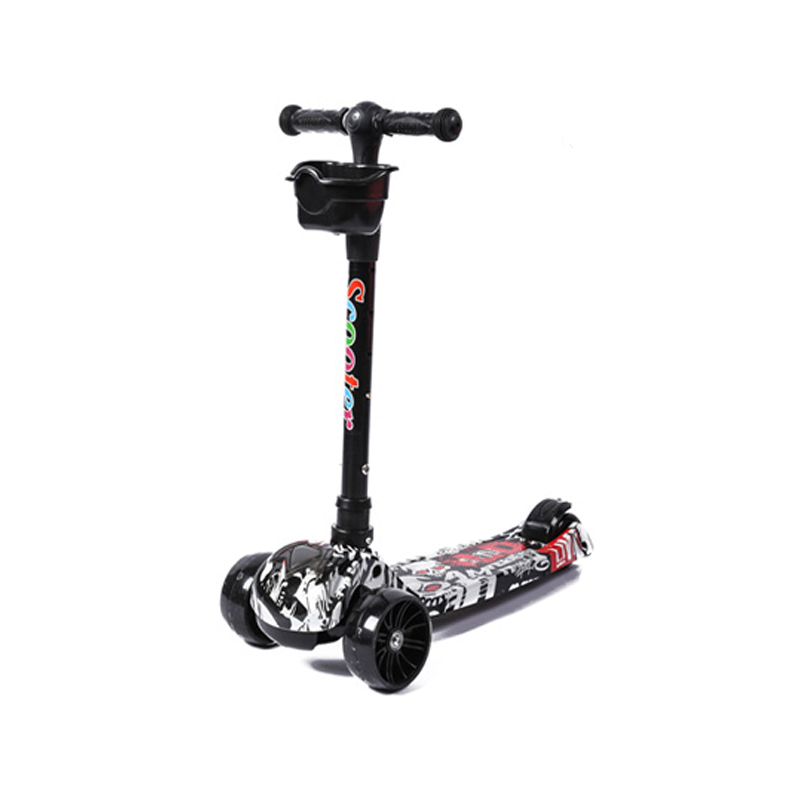The Rise of Scooters A Two-Year Journey
Over the past two years, scooters have rapidly gained popularity around the world, transforming urban transportation. This trend marks a significant shift in how people navigate their cities, offering a convenient and eco-friendly alternative to traditional vehicles. As we delve into the factors driving this shift, it becomes clear that scooters represent more than just a mode of transport; they symbolize a lifestyle change, an embrace of sustainability, and a response to the growing challenges of urban congestion.
In 2021, the scooter market saw a surge in demand, fueled by the COVID-19 pandemic. As cities locked down and public transportation systems faced severe restrictions, many turned to scooters for safe, socially-distanced travel. E-scooters, in particular, became a go-to option for short commutes and errands. Companies like Lime, Bird, and Spin rapidly expanded their fleets, placing scooters on every corner. Users appreciated the affordability and ease of access, often opting for electric scooters over walking or taking public transport.
The Rise of Scooters A Two-Year Journey
The environmental benefits of scooters cannot be underestimated. As the world grapples with climate change and the push for greener living, scooters provide a low-carbon alternative to gas-powered cars. According to studies, scooters emit significantly fewer greenhouse gases per mile than traditional vehicles. Many users find that incorporating scooters into their daily routine contributes to their efforts in reducing their carbon footprints, aligning with the global push for sustainable living.
scooter 2 years

Scooters have also had a social impact, particularly in urban communities. They offer an affordable transportation solution for individuals without access to a car, bridging the gap for many residents. This democratization of transportation allows for greater mobility, making it easier for people to access jobs, education, and essential services. In this sense, scooters empower individuals and can help alleviate social inequalities within urban spaces.
However, the popularity of scooters has not been without its challenges. Safety concerns remain a significant issue, with accidents and injuries occurring as users navigate busy streets. The need for public awareness and education on safe riding practices is critical to ensure that scooters remain a safe option for all. Additionally, the environmental impact of scooter manufacturing and battery disposal has raised questions about the long-term sustainability of this trend. Companies and regulators are starting to address these concerns by investing in robust recycling programs and promoting responsible usage.
Looking ahead, the future of scooters in urban transportation appears bright. As more cities embrace this mode of transit, innovations in technology will enhance user experience with features such as improved battery life, smart parking solutions, and integrated urban mobility apps. Collaboration between scooter companies, city governments, and communities will be essential to create an environment where scooters can coexist with other forms of transportation and produce tangible benefits for all stakeholders.
In conclusion, the last two years have heralded a scooter revolution, reshaping how we think about urban mobility. The rise of scooters reflects broader societal shifts towards sustainability and inclusivity in transportation. As we continue to navigate the challenges of modern urban life, scooters stand out as a promising solution, one that may well define the future of city living.
-

 Scoot&RideKids Child Kick Push Scooter 3 Wheels with LED Flashing Tilt Lean Boys Girls Scooter
Scoot&RideKids Child Kick Push Scooter 3 Wheels with LED Flashing Tilt Lean Boys Girls Scooter




- 4
$33.17 -

 Scoot&RideKids Scooter Child Kick Flashing LED Light Up 3 Wheel Push Adjustable Folding 3
Scoot&RideKids Scooter Child Kick Flashing LED Light Up 3 Wheel Push Adjustable Folding 3- 0
$25.52 -

 Scoot&RideKids Scooter Child Kick Flashing LED Light Up 3 Wheel Push Adjustable Folding 2
Scoot&RideKids Scooter Child Kick Flashing LED Light Up 3 Wheel Push Adjustable Folding 2- 0
$33.17 -

 Scoot&RideKids Scooter Teens Foldable Kick Push Scooter Adjustable Height Safe 2 Wheels
Scoot&RideKids Scooter Teens Foldable Kick Push Scooter Adjustable Height Safe 2 Wheels




- 4
$49.99
Meet our partners and discover what powers their creativity!
When you register for a Lohas scooter, you will receive a 10% discount on your first order and can be notified of sales, new product launches and other offers in advance.









